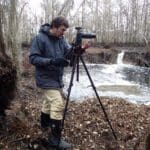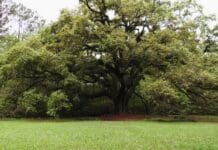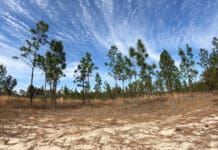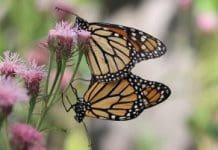We look at the various layers that go into making a “compost lasagna” and how Turkey Hill Farm works with a local seafood restaurant to turn leftover kitchen scraps into the perfect addition to his soil. More at wfsu.org/ecologyblog.
Years ago I tagged along with an archeologist to a site in the Saint Marks Refuge. After some bushwhacking through a hardwood forest, we found ourselves in a long abandoned village. There were no stone ruins, or visible structures of any sort; nothing at all to distinguish it from the surrounding forest. Only one clue told us what had been here before. Looking down, we saw a swath of dark soil peppered with conch and oyster shells. We were, in a way, looking at the compost of prehistoric Floridians.
This was a remnant of a midden mound. Food and human waste were tossed to the outskirts of a settlement, encircling it. Scattered deer bones, shells, or pottery shards might catch our eye today, but most of the midden has decomposed in the 1,500 or so years since the site was abandoned. And, over a millennium after the breakdown of meat and vegetable material, organic matter still darkens the light sandy soil in Byrd Hammock.
Rob Diaz de Villegas is a senior producer for television at WFSU Public Media, covering outdoors and ecology. After years of producing the music program OutLoud, Rob found himself in a salt marsh with a camera, and found a new professional calling as well. That project, the National Science Foundation funded "In the Grass, On the Reef," spawned the award-winning WFSU Ecology Blog. Now in its tenth year, the Ecology Blog recently wrapped its most ambitious endeavor, the EcoCitizen Project.
Rob is married with two young sons, who make a pretty fantastic adventure squad.





